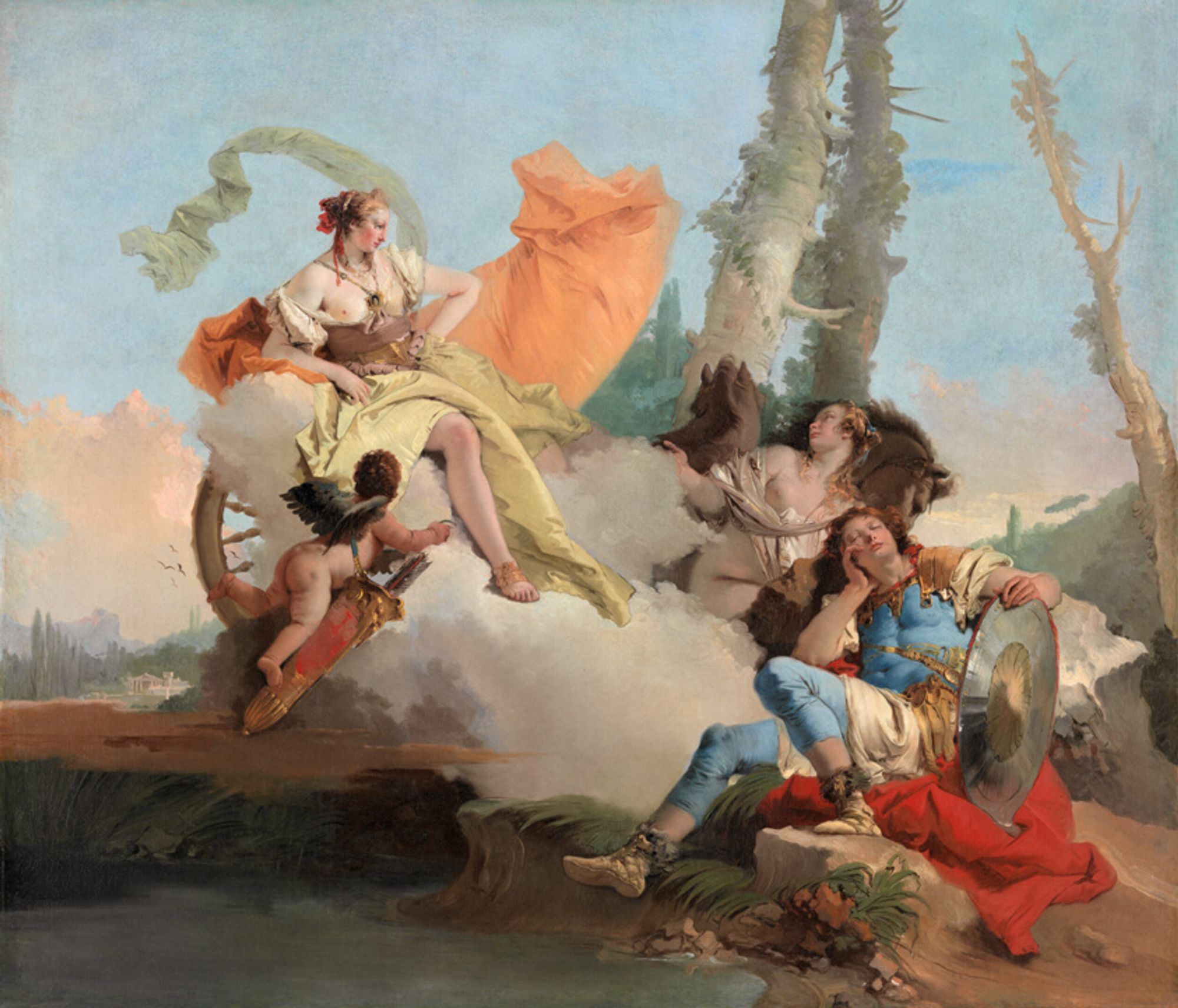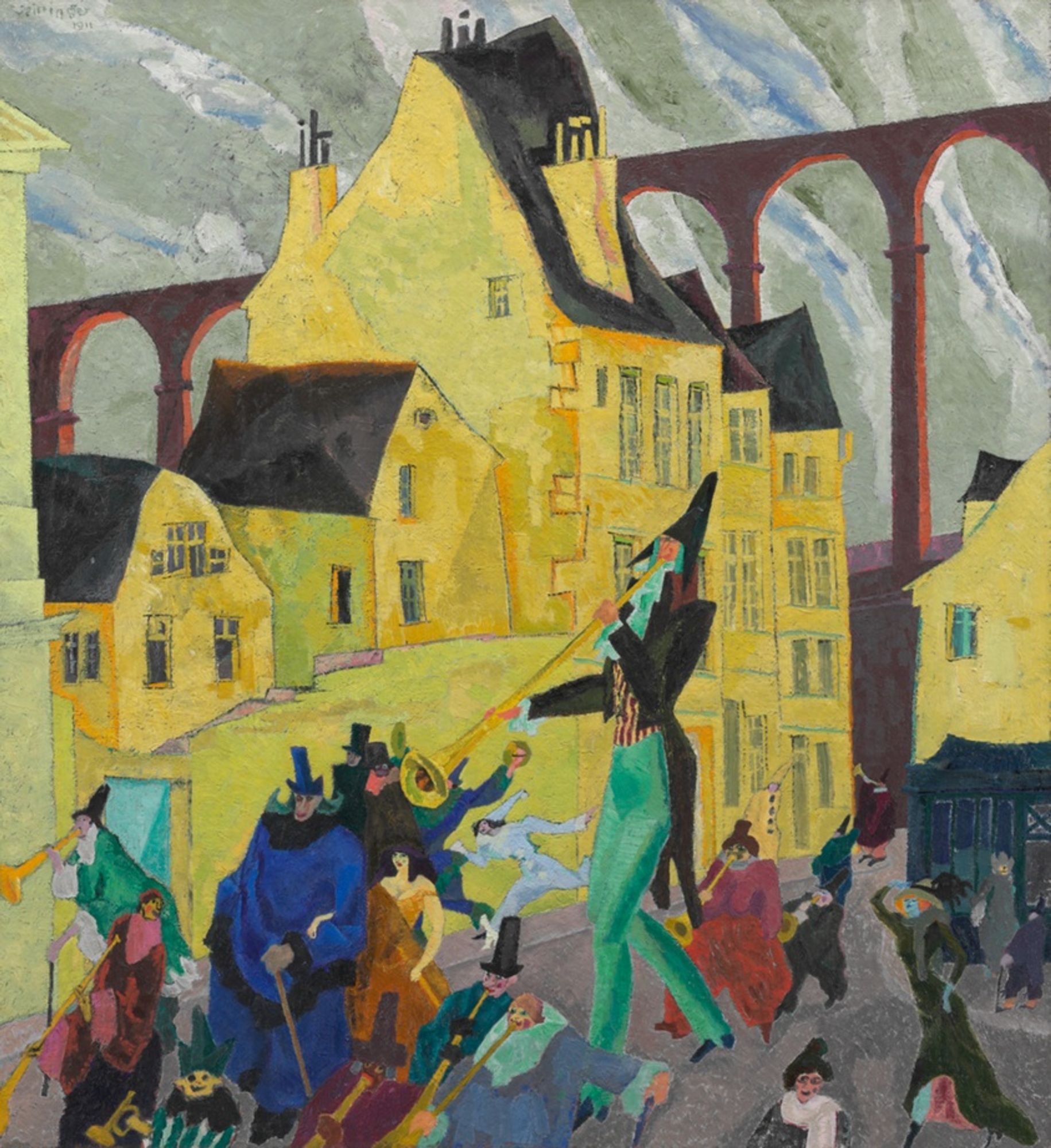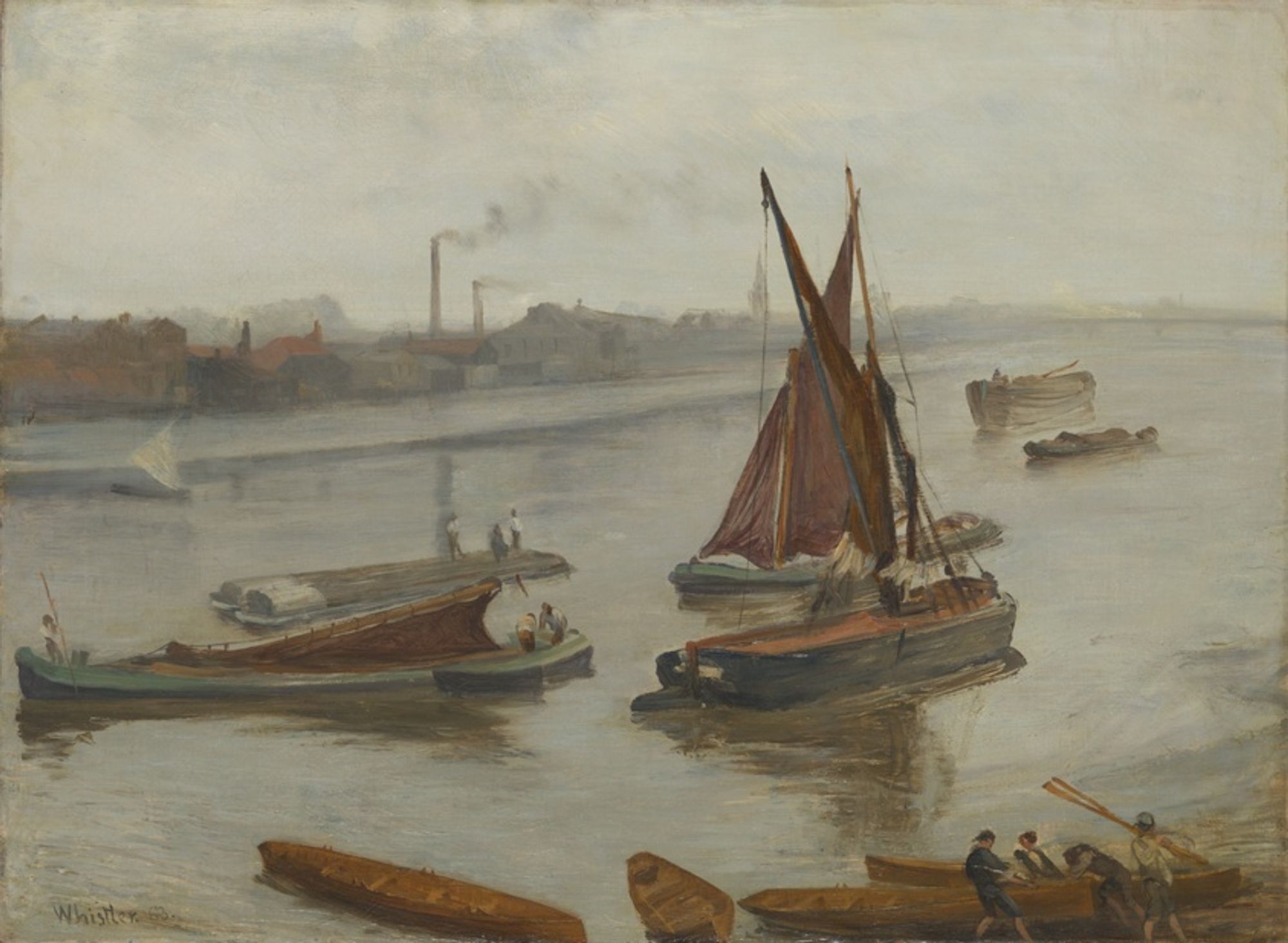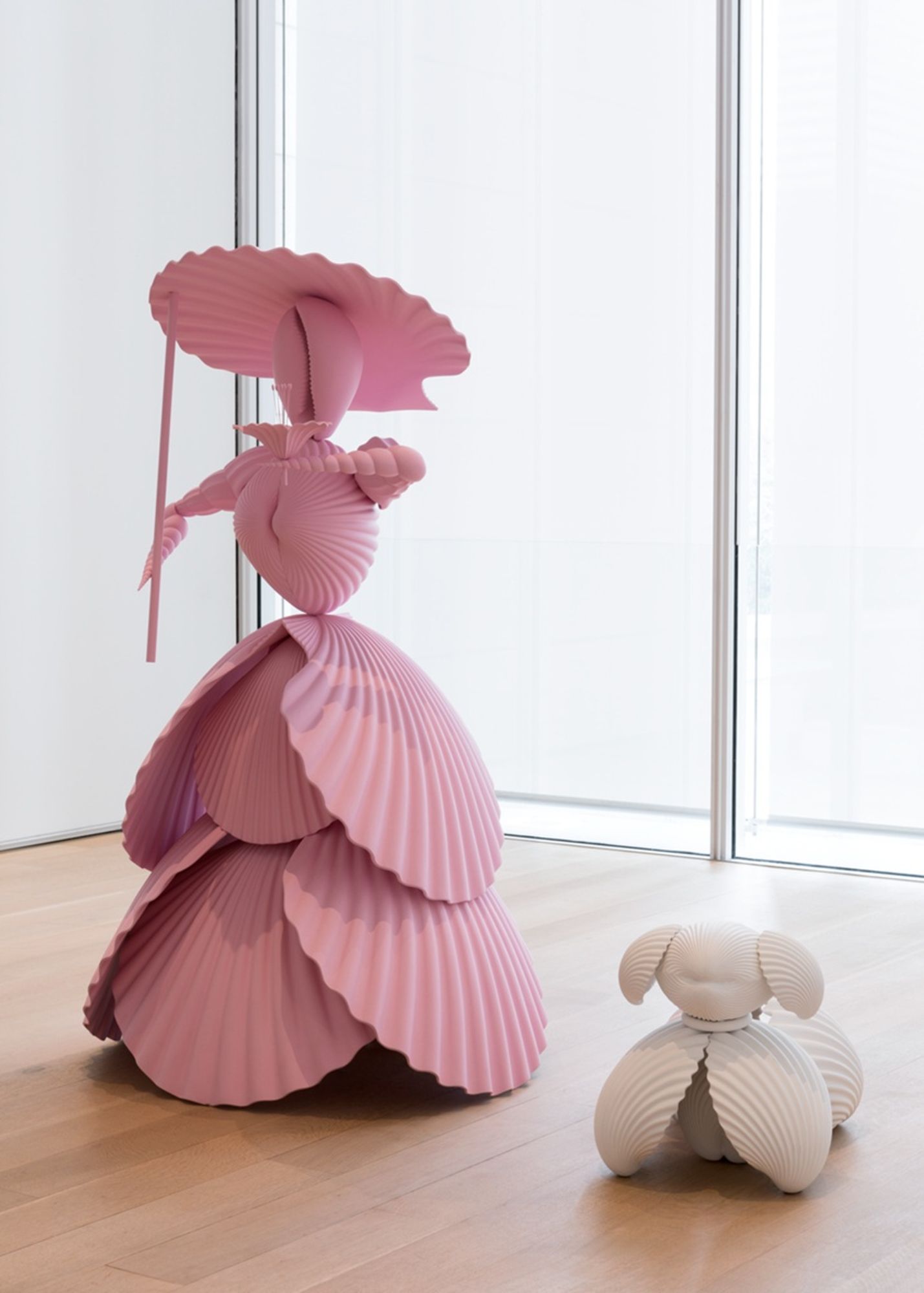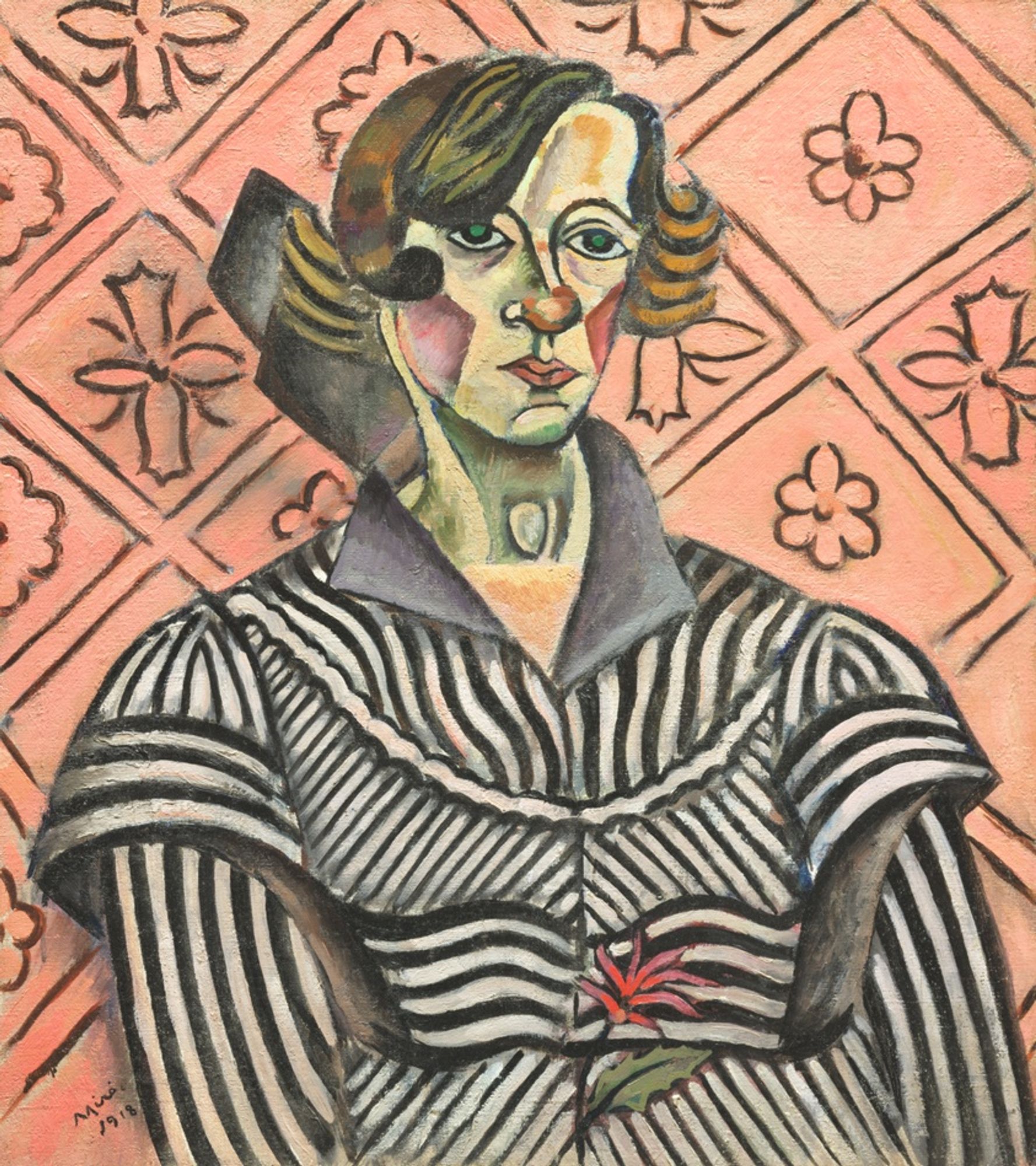
AP
Art Picture of the Day
@artpod.bsky.social
New art shared daily via Art Institute of Chicago
By @trevinflick.bsky.social
12 followers2 following35 posts
Seated Figure Jacques Lipchitz (Chaim Jacob Lipchitz) French and American born Lithuania, 1891–1973
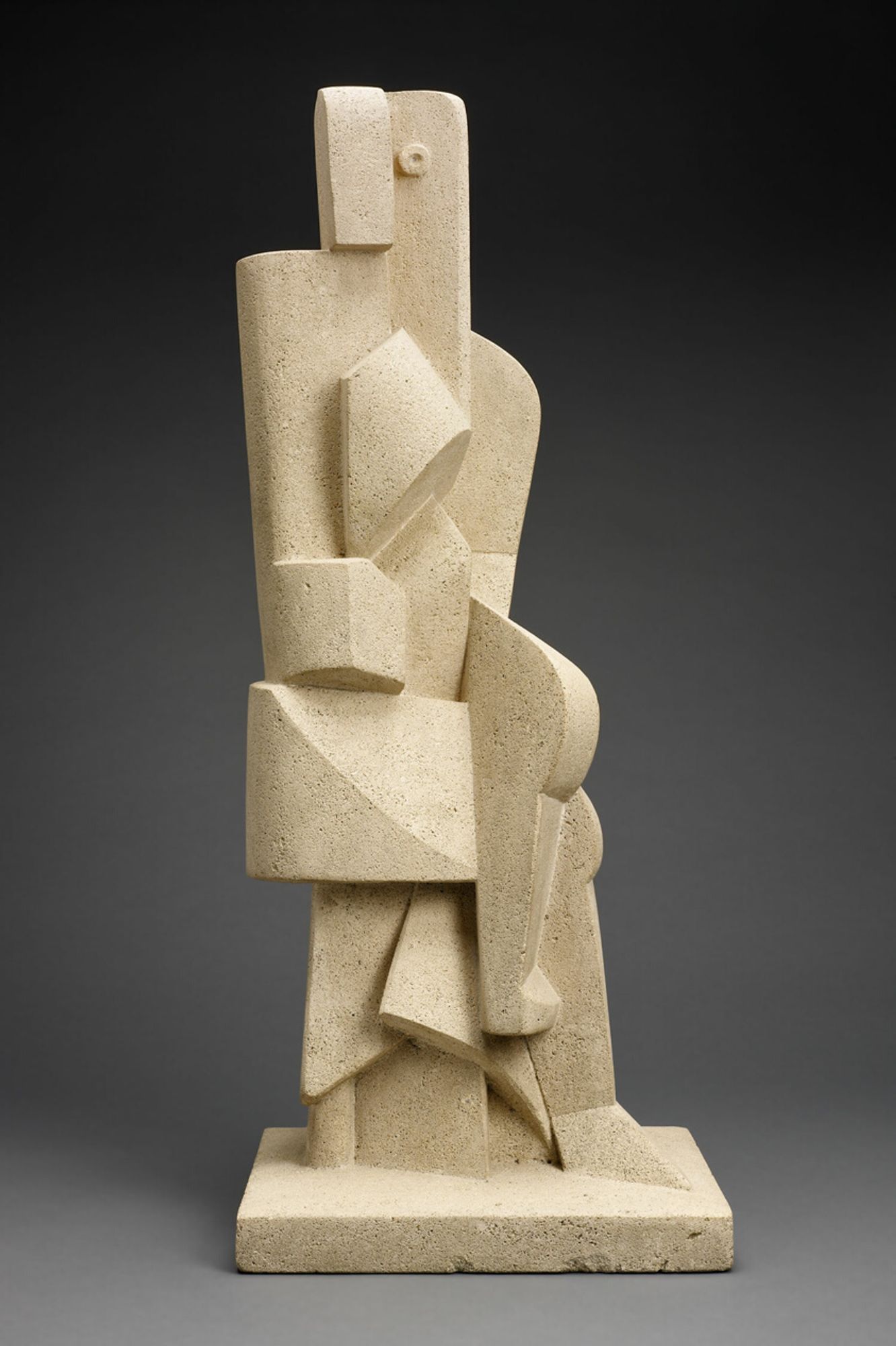
Robot Alexandra Exter Born Białystok (formerly Russian Empire now Poland), 1882; died Fontenay-aux-Roses, France, 1949
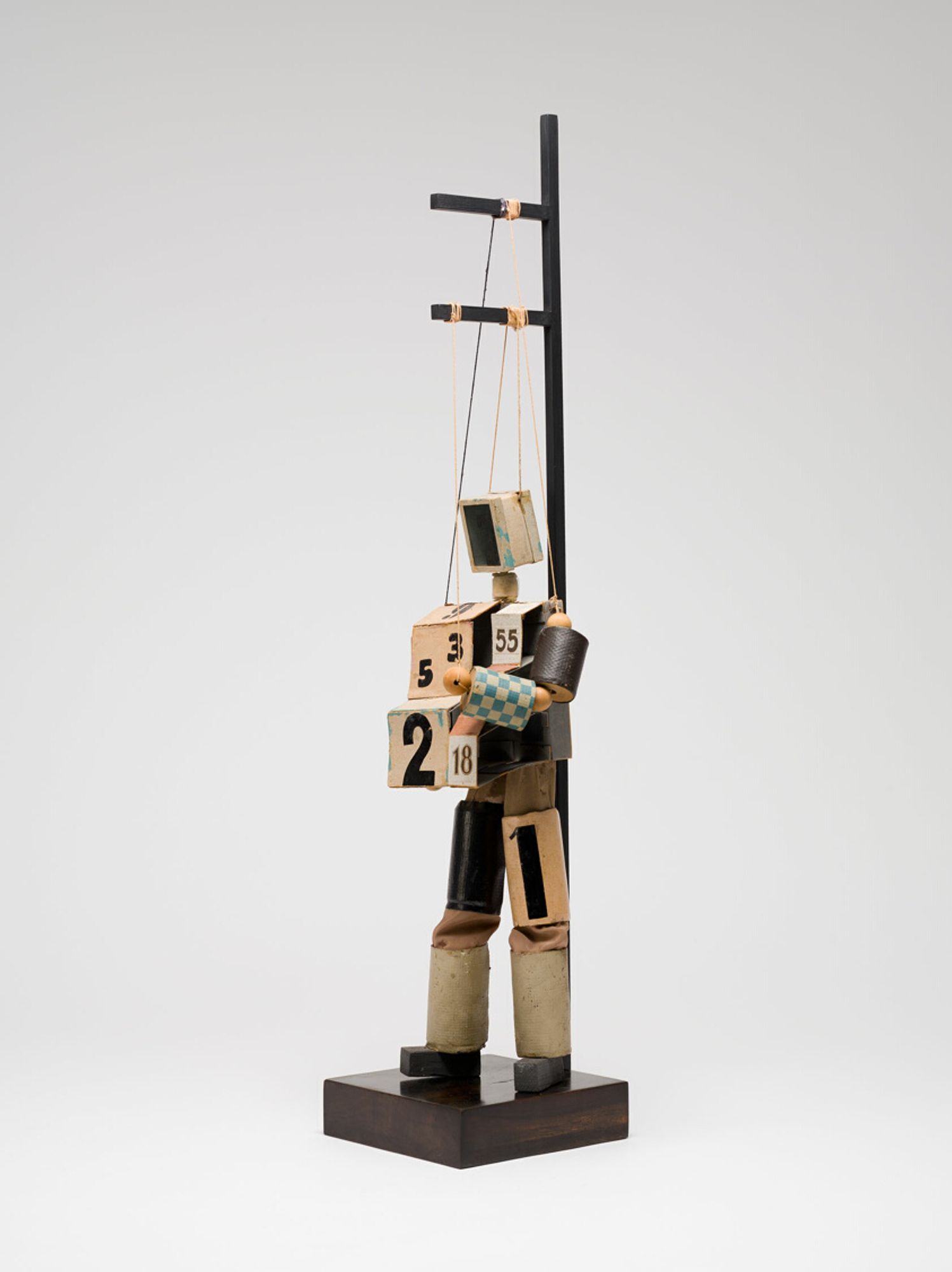

AP
Art Picture of the Day
@artpod.bsky.social
New art shared daily via Art Institute of Chicago
By @trevinflick.bsky.social
12 followers2 following35 posts
